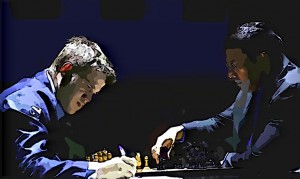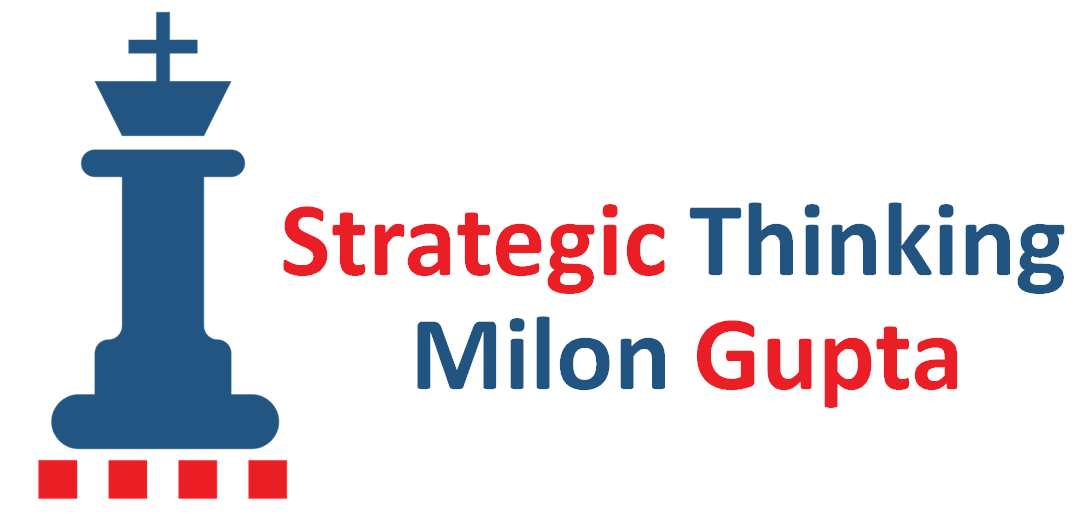Chess offers useful insights for business. On occasion of the current World Chess Championship 2014, I will highlight in a series of articles different business lessons to be learned from the game of kings. In part two, I explore the topic of seizing the initiative.

The second game of the World Chess Championship Match between world champion Magnus Carlsen and challenger Viswanathan (Vishy) Anand on 9 November brought the first decision – Carlsen won convincingly with the White pieces. How did it happen? The opening was rather quiet, and Black seemed to have equalised fairly easily. The first mover advantage that White usually has seemed to have vanished.
However, in a position, where everything looked peaceful, the Norwegian champion in good Viking style launched an attack on the black kingside seemingly out of the blue. Although the attack objectively probably was not as dangerous as it looked and could have been neutralised with precise moves, it put Anand under a lot of pressure. While Carlsen had the initiative, Anand had to react – and react correctly at every move. When Anand in beginning time trouble failed to find the right moves, Carlsen’s pressure grew so strong that it provoked a fatal blunder by Anand which immediately ended the game.
The business lesson from game 2 appears trivial, but is nonetheless important: do not hesitate to seize the initiative. This is your best chance for a competitive advantage, even when the situation initially does not seem to offer much. When you are proactive in driving the course of events, opportunities will open up. If you wait too long, someone else – in chess your opponent, in business one of your competitors – will take the initiative, and you will be forced into a reactive, passive position, which limits your options and very likely your chances of success, if you cannot find a way for counterattack.
Think of how Apple seized the initiative on the smartphone market by launching the iPhone in 2007. There had been smartphones before, but none with a user-friendly multi-touch screen. From that year on, all competitors have remained in a reactive position, responding to the latest moves from the headquarters in Cupertino, while having to concede the lion’s share of the market to Apple.
Seizing the initiative is not necessarily the same as taking huge risks. In the case of Carlsen taking the initiative in game 2, the only risk he had was that the game could have remained equal, while it opened up new opportunities for himself and opportunities for Anand to make mistakes. When in doubt, it is better to take some calculated risks for seizing the initiative than to stay passive and wait for the competition to act. It requires a proactive mindset and a good sense for timing. Act too early, and it may backfire; act too late, and the competition may have used the opportunity to take the initiative. Finding the write time for seizing the initiative is a rather an art than a science and requires the combination of reflected experience with intuition and self-confidence.
